Yoga blocks are a valuable tool for enhancing yoga practise because they promote proper alignment and support the body in all the right places. But should you have one or two yoga blocks? It’s a common question and before you click the purchase button, think wisely otherwise you may well end up regretting your decision.
Why Do You Need Yoga Blocks?
Aside from the essential yoga mat, blocks tend to be the most common piece of equipment you’ll find in any yoga studio. They’re an extremely important piece of kit since they help you to get into the more challenging postures. Let’s face it, most of us aren’t super flexible, especially when we’re starting out, so any extra help is always beneficial and welcome.
Yoga blocks are a great way of boosting your confidence too. They make you:
- Feel more supported
- Help to maintain balance and stability
- Hold poses for longer than you normally could
- Improve your range of movement
- Reduce unnecessary tension in the muscles
- Ensure there’s less likelihood of injury
All of which allows you to stretch more deeply and strengthen your core, over time increasing your flexibility and stamina.
We especially love Yogi Bare Yoga Blocks. These are eco-friendly, sustainably made blocks that offer expert support. Choose from Wooden Blocks, Foam Blocks or the super cool Downward Duck Blocks, beautifully crafted from disregarded flip flops found in Kenya’s waterways.

How Do You Use Yoga Blocks?
When you first begin yoga, it’s possible that you might struggle with some poses. The key is to listen to your body. If something feels uncomfortable or unachievable, a yoga block may help as it can fill the gap between your arms, legs, abdomen, spine, neck, and the floor, providing you with much needed support. In simple terms, yoga blocks bring the floor closer to you!
Yoga blocks also provide you with more versatility, giving you the choice of three heights, the floor, one block or two blocks. So, as you progress through your practise, you can adjust the height at which you want to work. Always take advice from your instructor though and of course, trust your body. Whilst one height might work for one pose, it could misalign another, so there’s not a one height fits all approach.
Yoga blocks are not just for beginners either. They can enhance your practise, whatever your level. And for those advanced yogis, blocks can also be used to deepen stretches and supply more of a challenge.
Do You Need Two Yoga Blocks?
In many asanas, you’ll only need one block, but that doesn’t mean that you won’t use two. There are most definitely advantages to having more than one yoga block.
For a start, it's great to have a compatible set for when you do need two. Having two blocks also means that you can achieve greater balance and gives you more flexibility for those really challenging poses too.
Exercises with Two Yoga Blocks
Blocks can, in theory, be used for any pose where you need extra support or need to fill the gap between your body and the floor.
Two yoga blocks are commonly used for the Standing Forward Fold (Uttanasana), especially by those unable to reach the floor. By using yoga blocks, you can reach down, using them to stabilise each arm.
It’s also a great idea to have one block on either side of you for when you do the Seated Side Bend (Parsva Sukhasana). As you extend your arm furthest from the floor up and over the crown of your head, you can rest the arm and elbow closest to the floor onto your yoga block for comfort and stability. When you repeat on the other side your other block will be in place to support the other arm too!
For more challenging poses, two yoga blocks really come into their own. If you’re attempting the headstand, also known as the king of all poses, two yoga blocks can be used to support the back of the head, neck, and shoulder blades. Experiment with what offers the most support, one block standing upright with another block laying on its side across the top can be effective for most.
The Reverse Tabletop Pose (Ardha Purvottanasana) which looks similar in appearance to the gymnastic ‘crab’, although the crown of the head is not facing downwards and the spine is more aligned, often uses two yoga blocks. These are used for each hand to balance upon, especially for those that can’t quite extend their arms down to the floor.
So now that you can see the benefit of two rather than one, make sure you buy a set of blocks and reap the future rewards of a choice well made.
If you liked this article, we think you’ll like 5 Unique Yoga Block Uses You Might Not Know
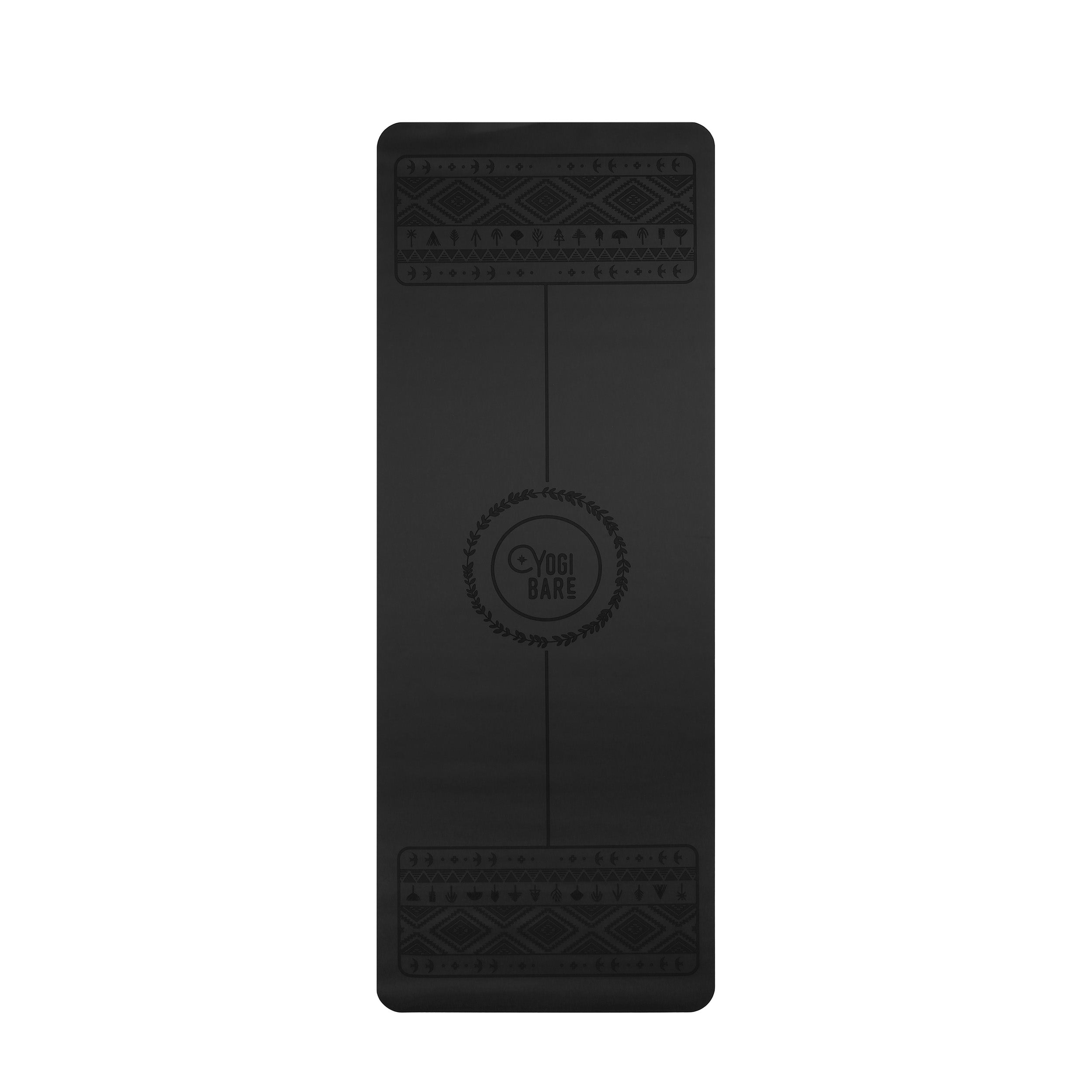
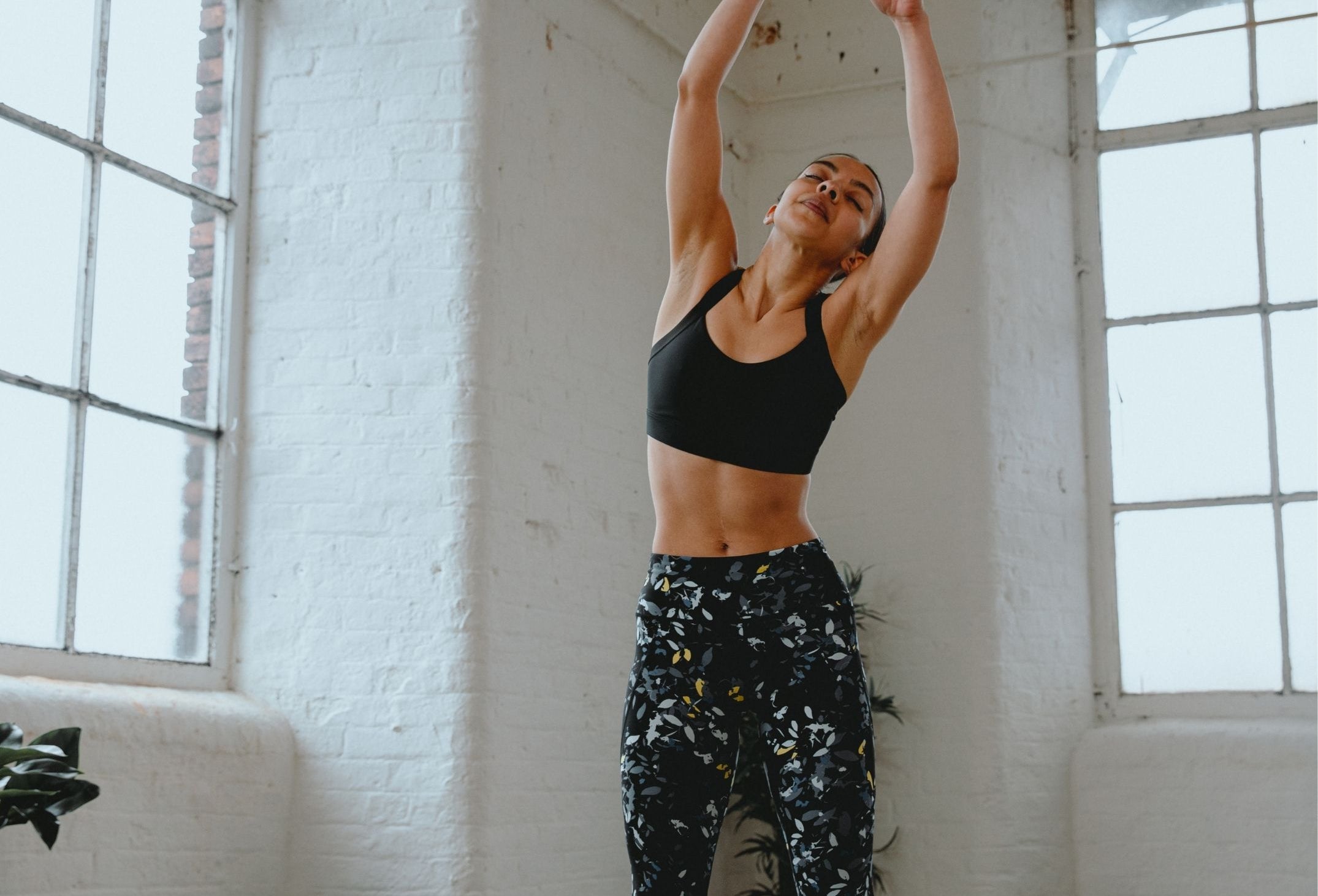
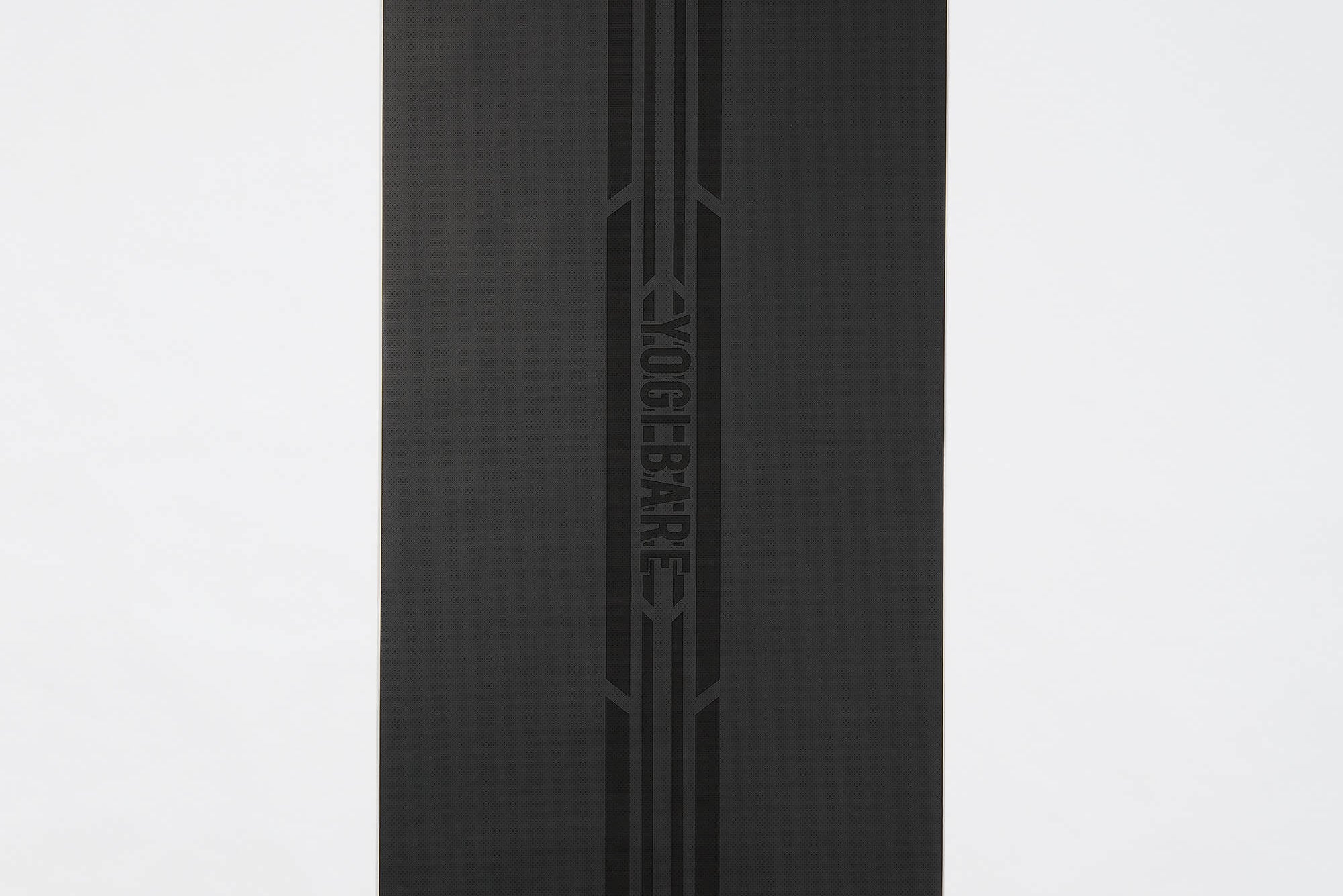
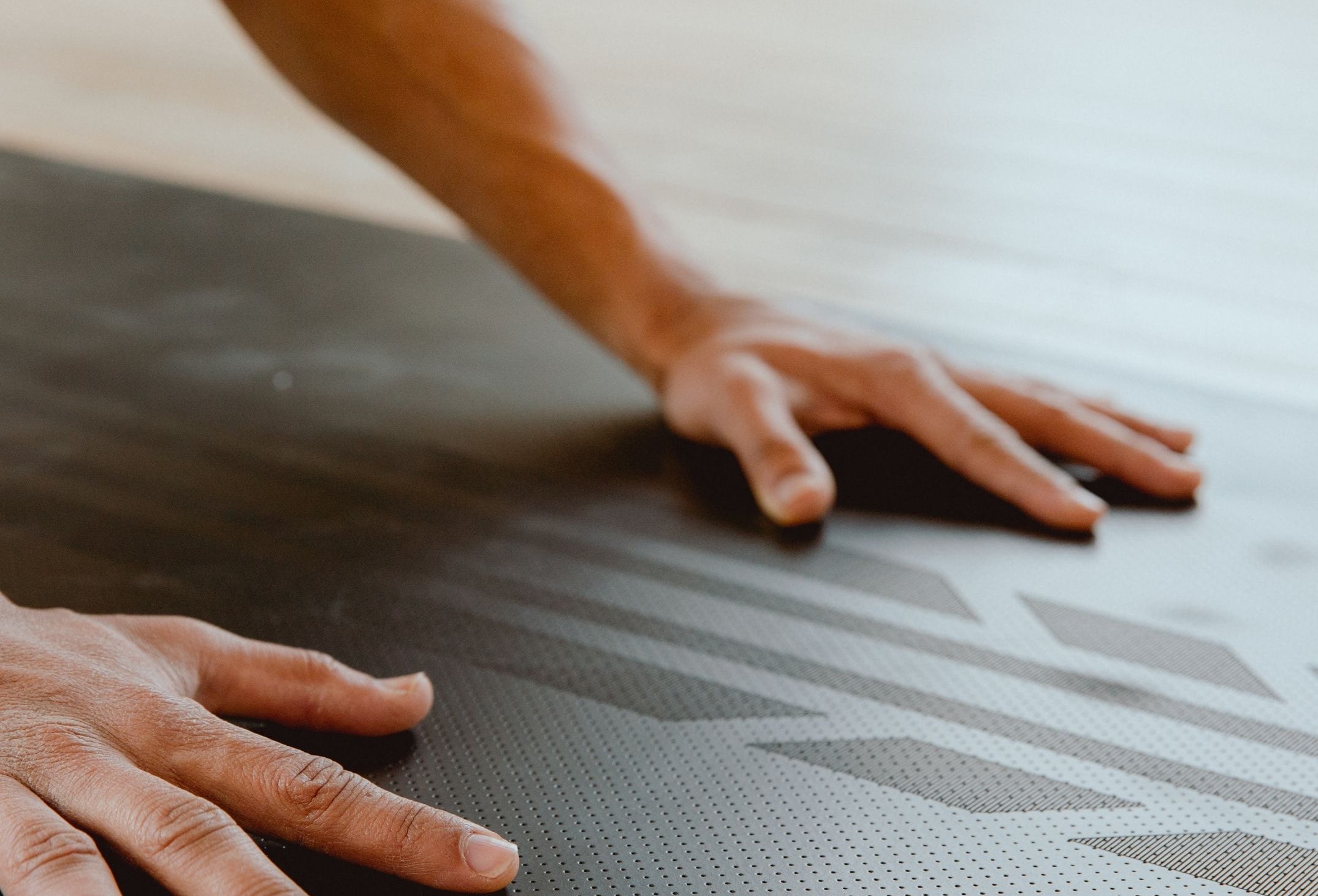
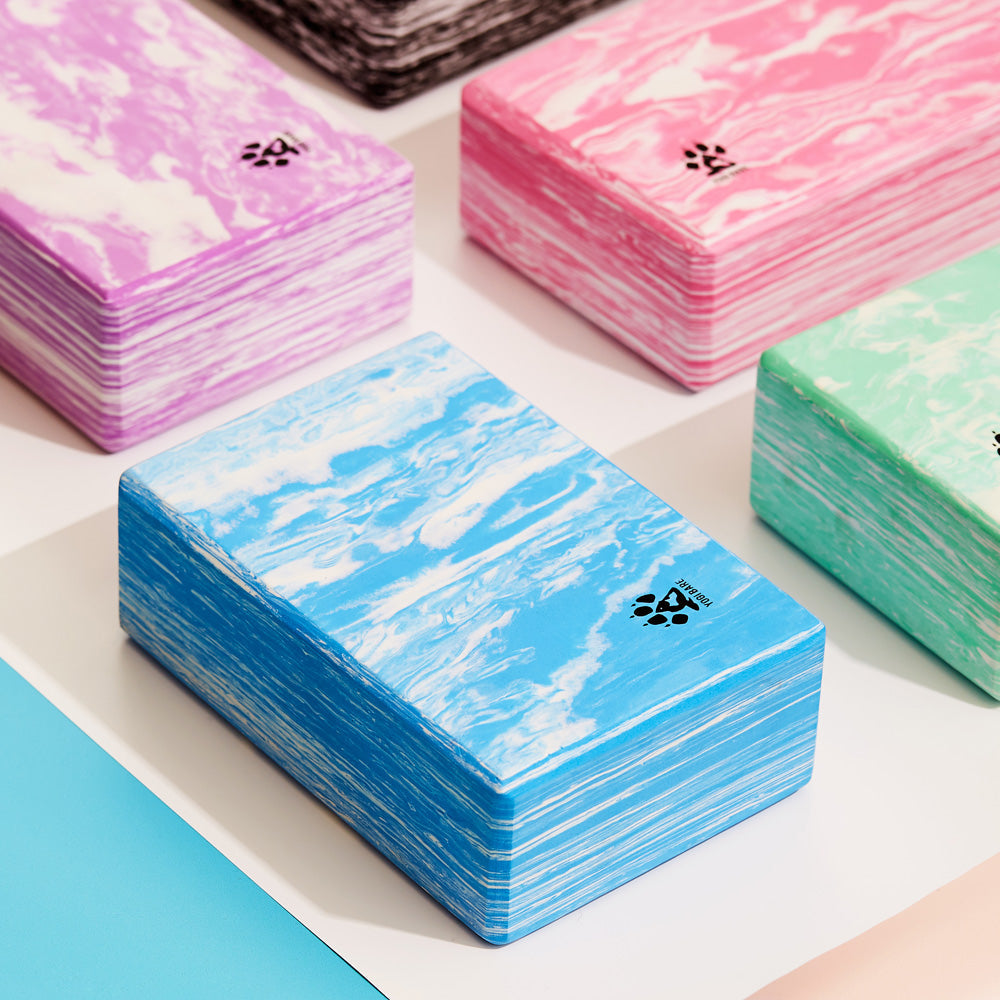
Leave a comment